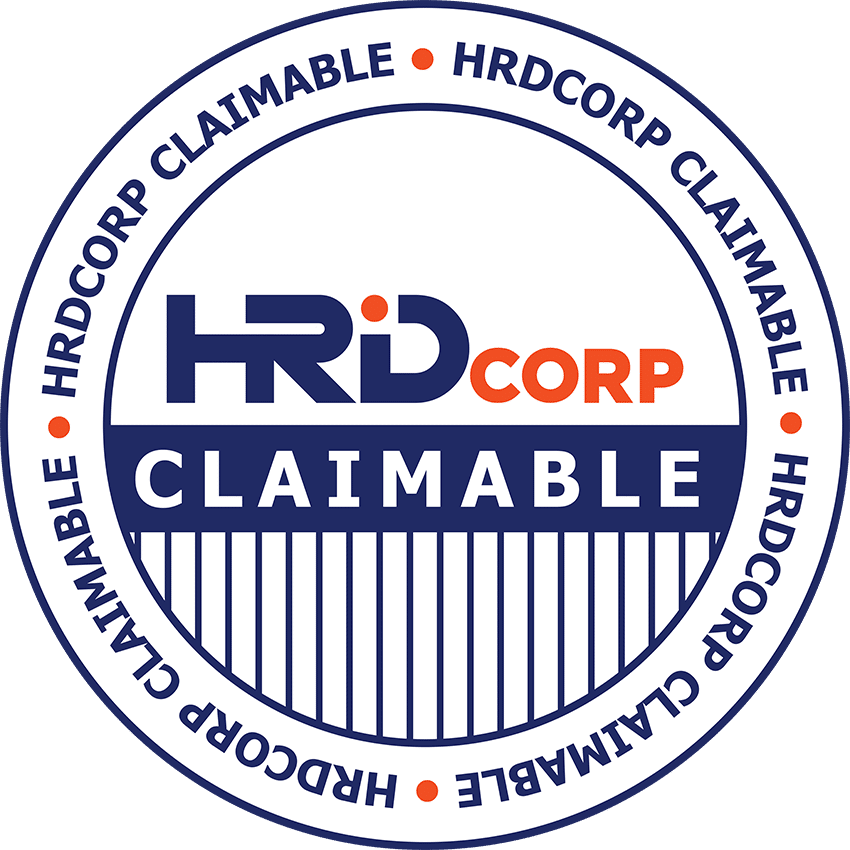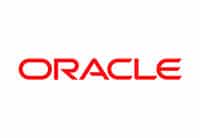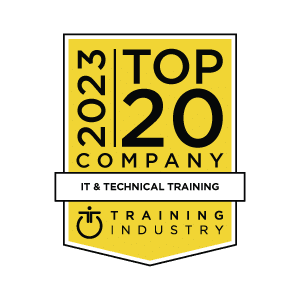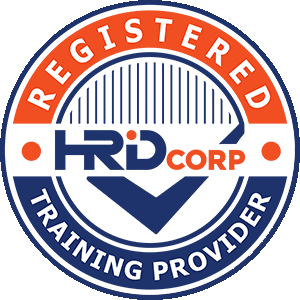Overview
Participants learn to load data by executing the mappings or the process flows, use Oracle Warehouse Builder 11g, Release 2 features to manage metadata changes, debug mappings, backup metadata, manage security, and tune the ETL mappings for better performance. Integration of Warehouse Builder with OBI EE, along with the Warehouse Builder architecture and configuration are discussed.
Participants learn to retrieve data from different types of sources such as flat files or relational schemas and also to use the different transformation operators to design an ETL task. The usage of Warehouse Builder to define both relational dimensional models and multidimensional models, to deploy a single logical model to multiple physical targets and how to handle slowly changing dimensions are also covered.
In addition, extraction of data from non-Oracle sources using code templates, usage of the Warehouse Builder ETL and data integration features of the Enterprise ETL Option of the Oracle database are discussed.
This functionality requires the Oracle Warehouse Builder Enterprise ETL/ODI EE option.
This course is a combination of Data Integration and ETL with Oracle Warehouse Builder: Part 1 and Data Integration and ETL with Oracle Warehouse Builder: Part 2 courses.
Learn To:
- Retrieve data from different types of sources such as flat files or relational schemas
- Use the different transformation operators to design an ETL task
- Load data by executing the mappings or the process flows
- Use OWB features to manage metadata changes, debug mappings, backup metadata, manage security, and tune the ETL mappings for better performance
- Integrate Warehouse Builder with OBI EEWarehouse
- Explain the Warehouse Builder architecture and configuration
A Live Virtual Class (LVC) is exclusively for registered students; unregistered individuals may not view an LVC at any time. Registered students must view the class from the country listed in the registration form. Unauthorized recording, copying, or transmission of LVC content may not be made.
Skills Covered
Upon completing this course, the learner will be able to meet these overall objectives:
- Backup the OWB Projects using the MDL Export/Import and create snapshots to manage metadata changes
- Load tables and view the resulting data
- Use the Mapping Debugger to debug mappings
- Apply performance enhancement methods in the mappings
- Report on the ETL Jobs using the Repository Browser
- Describe the OBI EE integration
- Use OWB to define, deploy, and execute basic source to relational target ETL programs
- Describe the Name and Address cleansing and Match-merging
- Define metadata representing flat file and relational sources, and relational table targets
- Create simple mappings from flat file and relational sources to relational targets
- Explain the use of different Mapping Editor operators
- Define a process flow for a set of simple mappings
- Use OWB tools to deploy tables, mappings, and related objects
Who Should Attend
- Developer
- Support Engineer
- Data Warehouse Analyst
- Business Intelligence Developer
- Data Warehouse Developer
- Data Warehouse Administrator
Course Curriculum
Course Modules
Exam & Certification
This course is not associated with any Certification.



